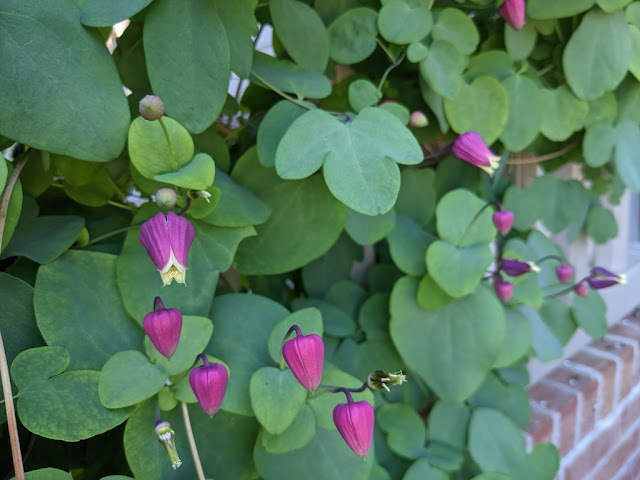The truly awful common name, scareweed, does no justice to this wonderful endemic member of the wild indigo genus. Baptisia lanceolata has a very restricted range - vouchered only in a five-county area of the central Panhandle in open upland pinelands. It is listed as a state-threatened species, but is reported to be relatively common in the right habitats within Apalachicola National Forest and nearby Tate's Hell - two of Florida's true natural treasures.
Like other Baptisias, scareweed is a perennial forb that dies back to the ground in winter. It reemerges much later in spring than most other wildflowers; often as late as May when other members of this genus are in full bloom. It quickly reaches its mature height of about three feet by early summer. Unlike most legumes, the leaves are compound but appear as a single leaflet and these alternate up the stems. This character distinguishes it from all other Baptisias in Florida which clearly have three leaflets per leaf.
Flowering occurs in mid-summer and into September. The small (about 1/2 inch long) yellow flowers occur at the ends of the stems in distinctive racemes. These are of greatest interest to bees - their primary pollinator. Small, dark seed capsules ripen by fall.
The common name "scareweed" may result from the fact that the upper portions of this plant break off at the ground after it dies in late fall and act like "tumbleweeds" - blowing across the landscape in the wind. Although it is a narrow/restricted endemic species, it is sometimes offered as a landscape plant by native nurseries, though I am not aware of it being commercially propagated by those affiliated with FANN - the Florida Association of Native Nurseries. While there might be other Baptisias that are showier and more commonly sold, this species is likely used as a host plant for various legume-feeding butterfly and moth caterpillars and would make a valuable addition to landscapes devoted to them if its growing requirements are met.
These photos were taken by my friend, Lily Byrd, and used by permission.




















